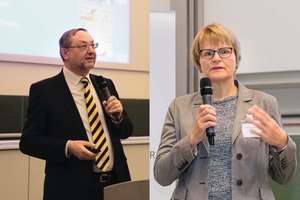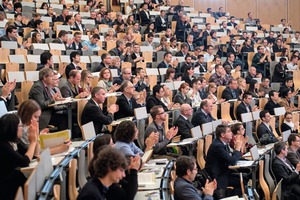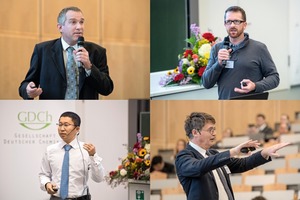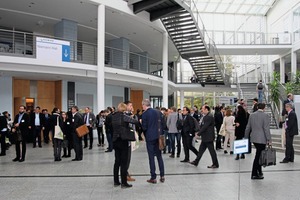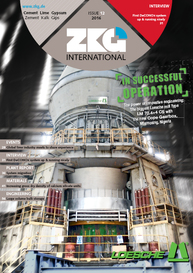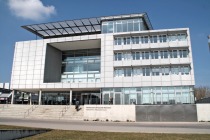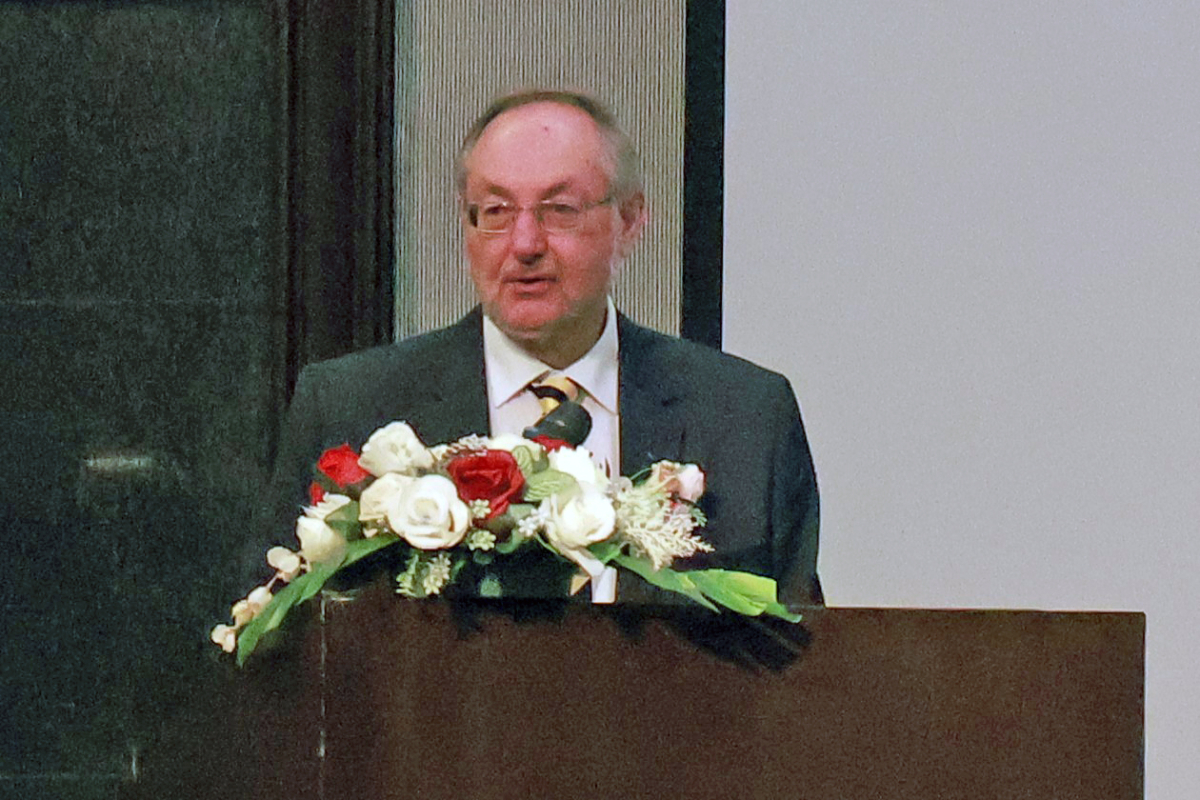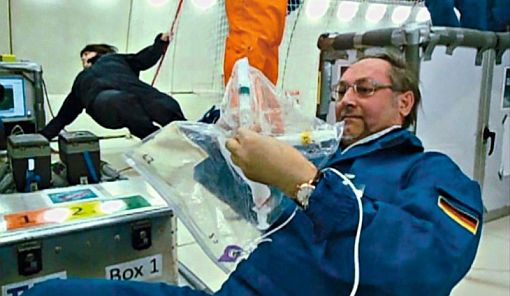Successful 2nd International Conference on the Chemistry of Construction Materials (ICCCM2)
From 10.10.-12.10.2016, the 2nd International Conference on the Chemistry of Construction Materials, organized by the German Chemical Society (GDCh) and hosted by the Chair for Construction Chemistry of Prof. Plank, took place at the Garching Research Campus of the Technische Universität München (TUM). Attended by 400 participants from 28 countries and featuring over 50 presentations along with 100 posters and 17 exhibitors from the construction industry, the conference turned out to be a resounding success.
1 Two workshops with 120 participants
Prior to the conference, two workshops attended by 120 participants were held on October 10, one on PCE Superplasticizers and the second one on Surface Chemistry in Construction Materials. In the first one, Prof. Plank and Dr. Lei from the TUM presented the most recent state-of-the-art on chemistry, synthesis and analysis of polycarboxylates and this was complimented by insights into the rheology of PCE-concrete provided by Dr. Roussel from IFSTTAR. In the second workshop, Dr. Golger and Mr. Roos from Evonik explained about the colloid & interface chemistry of building materials.
2 From chemical admixtures to surface functionalization
The conference featured presentations on sustainable construction materials, chemical admixtures, formulations & mortar technologies, microstructure & material properties and surface functionalization – macro & micro. After the opening speech of Prof. Friedlinde Götz-Neunhoeffer, the current chairwoman of the specialization group “Construction Chemistry” within the GDCh, and a very inspiring welcome video created by Prof. Plank and his team, the conference started with an invited lecture on “Calcium aluminate based hydraulic binders: a review” given by Prof. Gwenn Le Saout, Ecole des mines d’Alès/France. There, he highlighted the manifold advantages of CAC and discussed the specific effects of the individual calcium aluminate phases which can occur in CAC. Thereafter, Prof. Jason Ideker from Oregon State University/USA elaborated on “How long-term is mitigation of alkali-silica reaction?”, a subject which is also much researched in Germany. He concluded that current test protocols on ASR often provide inaccurate information on the time-dependent progress of ASR, and that more research work needs to be performed in this field.
3 Experts from academics and industry
After these invited speeches, the conference split up into two sections, one dealing with microstructure & material properties and another one on formulations and mortar technology. There, experts from academics as well as the industry presented the latest state-of-the-art in the fields of natural and synthetic latex, methyl cellulose, alkali-free setting accelerators for sprayed concrete, superabsorbent polymers and polycarboxylate superplasticizers. A highlight of the conference was the lecture by Dr. Tsuyoshi Hirata, awardee of the Hans Kühl medal from GDCh in 2013 and now at Nippon Shokobai/Japan, about molecular dynamics simulations of PCE molecules dissolved in cement pore solution and adsorbed on the surface of cement. He demonstrated that specific PCE molecules undergo significant shrinkage in the pore solution and later expand when adsorbed on cement. Another remarkable presentation was given by Ms. Cordula Weiß, Waterford Institute of Technology/Ireland on the application of atomic force microscopy (AFM) to study cementitious surfaces. AFM allows not only the differentiation between alite, belite and aluminate/ferrite phases, but also the visualization of the surface texture of clinker using a colloidal probe. In the evening, the conference participants enjoyed a festive dinner at the Hofbräuhaus featuring traditional Bavarian cuisine as well as a spectacular performance by a Bavarian “Trachtler” (folklore) group.
4 Focus on chemical admixtures
On the second day, the focus was on chemical admixtures for concrete and mortar. This subject was opened by Prof. Xiang-Ming Kong from Tsinghua University in Beijing with a talk on “Effect of colloidal polymers on the phase development of hydrating cement pastes”. There, he presented the fact that for the interaction of latex with cement their surface charge (charge type and density) presents the critical factor. His speech was followed by that from Prof. van Balen from KU Leuven/Belgium with a talk on “Carbonation and durability of construction materials”. Prof. van Balen explained that carbonic anhydrase enzymes which are zinc-based metalloenzymes actually can accelerate the carbonation of Ca(OH)2. Consequently, not only the concentration of CO2 in the atmosphere, but also the biological environment needs to be considered when assessing the kinetics of carbonation. During the morning session, awards were given from GDCh for outstanding Master and Ph.D. theses and from Deutsche Bauchemie e. V. for the best posters exhibited at the conference.
The conference took place in the spacious confines of the Eberhard von Kuenheim building of the Mechanical Engineering Department of TUM. The posters and exhibitors lined the walls of the main hallway and the vestibules. Prof. Plank and his team from the Chair for Construction Chemistry at TUM ensured that the conference was a superb experience for all participants. More information on the conference including the full program is available from the website.
//www.bauchemie.ch.tum.de" target="_blank" >www.bauchemie.ch.tum.de:www.bauchemie.ch.tum.de

